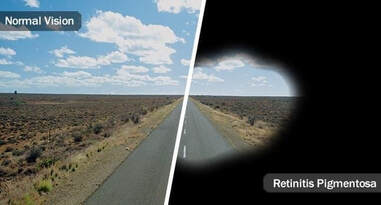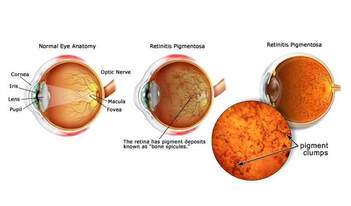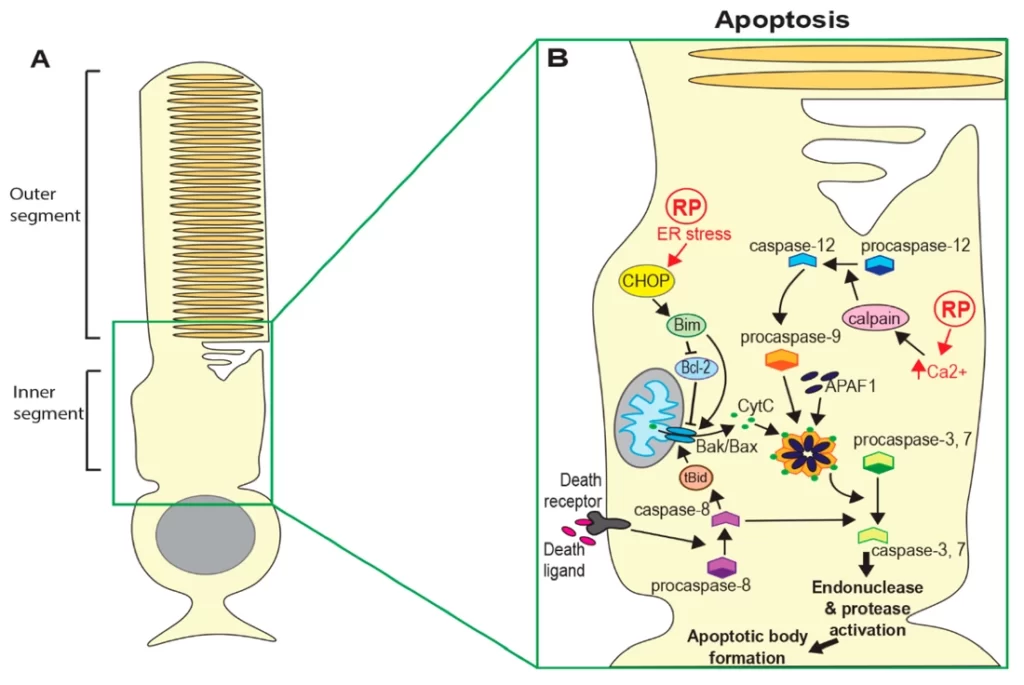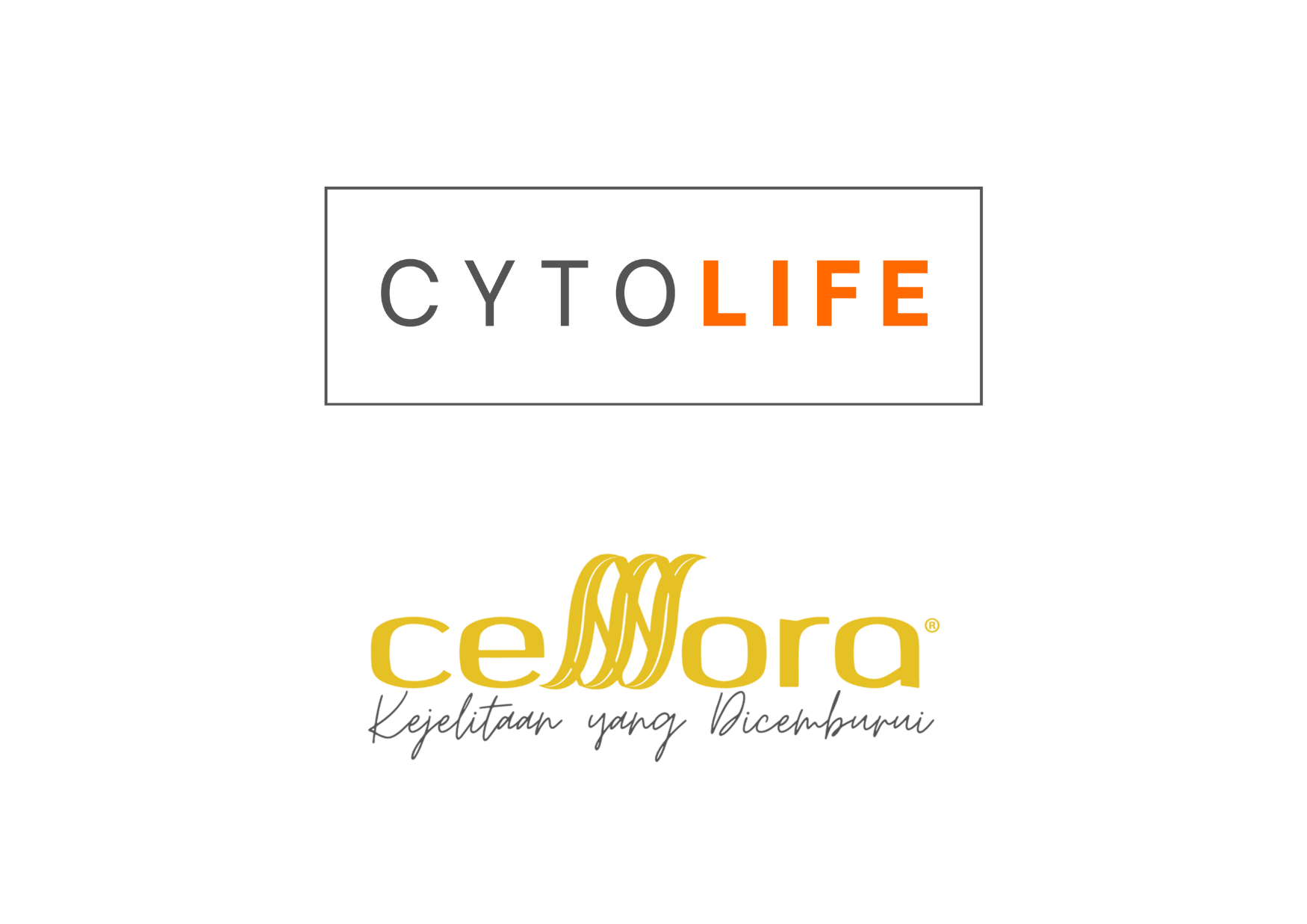- HOME
- ABOUT
- RESEARCH
- INSIGHTS & HAPPENINGS
- JOIN US
- CONTACT US
-

Retinitis Pigmentosa: Retinitis pigmentosa (RP) is a group of genetic disorders that affect the retina’s ability to respond to light, causing a slow loss of vision.
If your vision is similar to the image on the left, it may be a sign that you are suffering from retinitis pigmentosa (RP). RP is a group of rare eye diseases that affect the retina and, over time, can cause the breakdown of the retina and result in a loss of vision. Individuals with RP experience a continuous decline in vision due to changes in the genetic material that controls the cells in the retina.




Currently, Retinitis Pigmentosa is untreatable, and only vision aids, and rehabilitation programs can help people with RP make the most of their vision.
Acetazolamide
Ease swelling in a tiny area at the center of the retina and improve vision
Vitamin A Palmitate
May slow retinitis pigmentosa a little each year
HIgh doses can be toxic
Sunglasses
Does not target the root of the cause
Retinal Implant
Could provide partial sight
CelltiX is a type of extracellular vesicle from Umbilical Cord-Derived Mesenchymal Stem Cells (MSCs) manufactured in a cGMP-compliant facility.
It is a novel form of a major paracrine factor released by MSCs into a culture medium, which plays an important role in a wide range of biological processes.
CelltiMax is a product derived from human umbilical cord-derived Mesenchymal Stem Cells (MSCs). The cells are cultured, then administered to the patient via intramuscular or intravenous injection. They have the ability to differentiate into specialized cells with specific functions for various parts of the body, and can reduce inflammation, repair, renew, regenerate, and replace damaged cells.
Definition
Stem cells are unspecialized cells of the human body.
Extracellular vesicles, which is the medical term for tiny bubbles that are released from stem cells.
Function
Unique, can become any type of cell, and they act as both building blocks and repair mechanisms in your body.
Carry genetic information and proteins to cells throughout your body, and they create paths for communication between cells.
Origins
Donor stem cells are placed in your body and are guided into becoming specific cells in the body to replace and repair diseased cells.
Exosomes are extracted from donated human mesenchymal stem cells (MSCs) and sterilized.
Growth Factors
Less amount of growth factors compared to exosomes.
Exosomes contain nearly three times the amount of growth factors. More growth factors mean a better ability to restore and revitalize target cells.
Administration
Accelerates healing
Reduced inflammation
Eliminates pain and inflammation
Supports metabolic function
Avoids the need for surgery
Improves brain health
Enhances collagen production
Reduces chronic pain
Decrease nerve damage
Enhances tissue regeneration
Less invasive procedure
Boost immune health

If you feel we might be able to offer meaningful improvement to both your condition and your quality of life, then please reach out to schedule a free consultation with one of our in-house clinical experts. We offer consultations in both Malay and English.





Review your medical history & recent evaluations
Explore what your treatment package might look like
Answer any questions you have about us
Answer any questions you have about the therapies
Discuss practical next steps,
if you feel we can effectively treat you

Established in 2010, Cell Tissue is a Malaysian advanced medical technologybased company, a spin-off of the National University of Malaysia (UKM), one of the country’s leading universities and research institutes.
Cell Tissue is known as Malaysia’s FIRST Tissue Engineering Firm, awarded by the prestigious Malaysian Book of Records in 2016, operated in a certified Current Good Manufacturing Practice (cGMP) laboratory following PIC/S standards by the National Pharmaceutical Regulatory Agency (NPRA), a division of the Ministry of Health Malaysia.


Proudly powered by CTTSB © 2010-2024 Cell Tissue Technology Sdn Bhd, a Universiti Kebangsaan Malaysia spin-off Company. – All rights reserved.